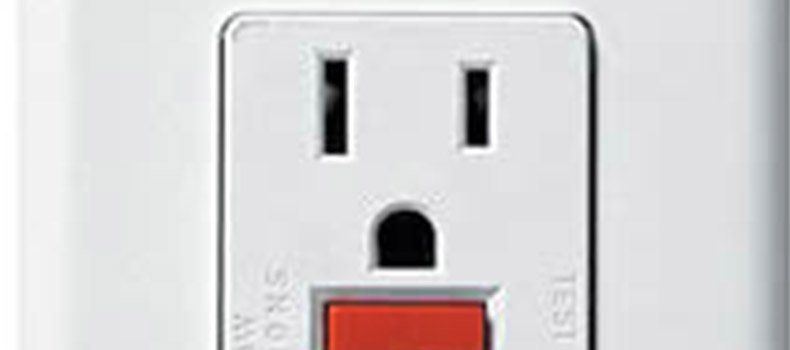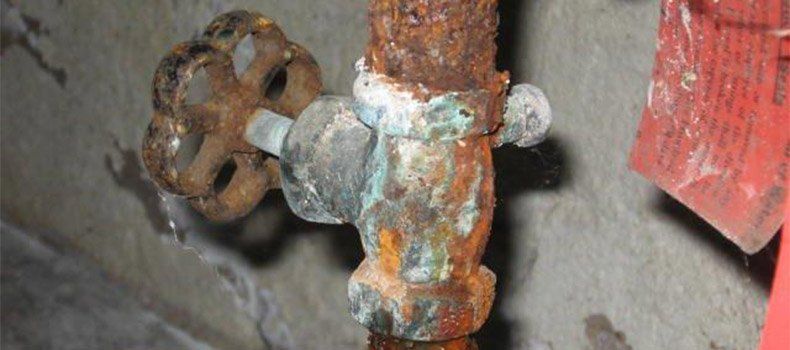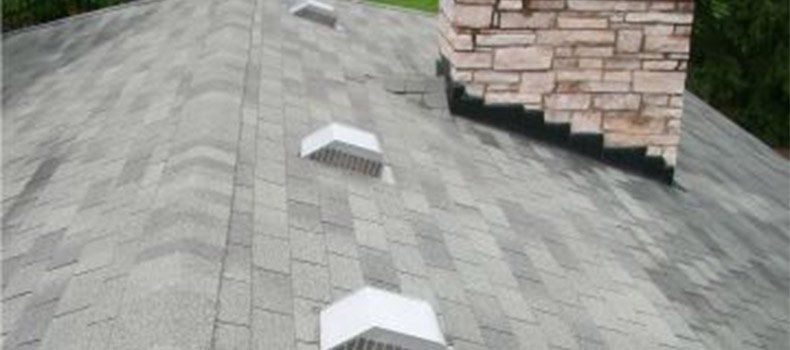The Premier Rochester NY Inspection Firm
Pro-Engineered Inspections
95 Allens Creek Road • Building 2, Suite 211 • Rochester, NY 14618
Blog Layout
Basement Moisture
DOWNLOAD SAMPLE REPORT
CUSTOMER SURVEY
Need an inspection?
Contact us to have your home or building inspected by a Licensed New York State Professional Engineer.
It’s that time of year, especially when the recently past winter has left us with a significant amount of snow melt. Basement moisture and dampness tends to be most pronounced when weather conditions are wet or when there has been recent snow melt. This tends to greatly affect the amount of water in the soil, commonly known as the “water table”.
Most basements will experience some level of dampness, moisture penetration, or even leakage and seepage. The amount that is experienced depends on weather, soil conditions, the age and type of the foundation, etc. Old stone foundations tend to seep more than the more modern block foundations. However, even modern foundations can show signs of dampness and moisture penetration.
Homeowners should take steps to ensure that excess water is channeled away from the house. Where possible, grading should slope away from the house. If there are low spots adjacent to the foundation, water can saturate the soil and noticeably seep through the foundation. Gutters and downspouts should also channel water away from the foundation. An appreciable amount of water runs off of a roof. If this water is discharged at the foundation it can result in water infiltration. Usually these steps are somewhat easy and inexpensive ways to help control seepage.
Modern homes are typically equipped with “Floating Slab” basement floors. These types of drain systems have been in use for 35+ years in the Rochester area. The basic principle of the floating slab is that ground water and water that seeps through the foundation will be channeled to drain tiles (perforated pipes) beneath the perimeter of the basement floor. These pipes carry water to a crock and sump pump. The pump will then automatically pump the water to the exterior or to separate storm sewers. It is common for some water to accumulate in the crock. As long as water is not accumulating on the floor or in the drain trough, the drain system is probably operating properly.
In most cases sump pumps should not discharge to sanitary sewers. This is the case for most townships. The city of Rochester does allow sump pumps to discharge to sanitary sewers.
The concern for power outages has increased greatly since we have experienced a few extended power failures in more recent years. Obviously, most sump pumps will not operate if the electric service in the house is off. Some homeowners have chosen to install battery power sources for their sump pumps, while others choose pumps powered by water pressure. Extensive generator systems are also gaining popularity, but they are costly. Whether such steps are justified will depend on the degree of wetness that is normally experienced in a basement.
Some homeowners tend to experience wet spots on a section or sections of their foundation, even after steps are taken to channel water away. This is not unusual. In these instances, “weep Holes” can be drilled into the cores of the blocks at the floor level. This helps to drain the block to the drain system, preventing water from building up in the block. This assumes that there is a perimeter drain system in place.
Finished basements are becoming more and more common. A basement that does not normally experience water “problems” can be finished, but steps should be taken to help prevent water damage. The perimeter drain trough should be kept open and clear, there should be a space between the foundation walls and the finished walls, vapor barriers should be installed, etc. If you experience noticeable dampness or wetness in a basement even after taking steps to keep water away from the house, and you want to finish your basement, you should consider the installation of a perimeter drain system.
Basement waterproofing contractors routinely prescribe extensive perimeter drain systems. These systems can be very effective but they are costly. Whether such a system is justified or necessary will depend on the amount and frequency of seepage experienced, the desired use of the basement, etc. This means that each homeowner must evaluate their particular needs. Some contractors will greatly exaggerate the severity of seepage or water problems and they can also greatly inflate their prices. It is important to only utilize reputable waterproofing contractors, and also to obtain a number of estimates prior to any work being performed or contracts being signed. A ploy that is often times used by some waterproofing contractors is to entice a homeowner to sign a contract on the spot, while offering a small reduction in the cost for the job. This tends to lock a homeowner into an agreement for an expensive job that may not be justified.
It is rare that basement moisture penetration causes significant structural concern. This is another ploy that is utilized by some waterproofing contractors. They can tend to overstate the effect that seepage can have on the structural integrity of a foundation. Please see our newsletter regarding foundation cracks and distress for more information in this regard.
The use of dehumidifiers in basement spaces can be beneficial. This is especially true if a basement is noticeably damp. However, it is important to understand that dehumidifiers will not prevent moisture penetration or seepage. The purpose they serve is to reduce moisture levels in the basement air.
Painting the interior of a foundation can also have a benefit. However, this does not “waterproof” the basement. Painting or coating the inside surface of the foundation can help to prevent moisture from seeping to the inside surface of the foundation, but water will still seep into the foundation to some extent, and tend to build up in the masonry block. This is where weep holes can be beneficial.
Most modern basements have blankets of insulation installed on the inside of the foundation. This is part of the energy saving package for modern construction. In that regard it is beneficial. However, the lower portions of the insulation can tend to trap moisture seeping through the foundation walls. Also, sections of insulation that are well below the level of the ground surface do not serve a significant purpose. Trapping moisture behind insulation should be avoided. Sometimes it is justified to trim insulation. Once again, the installation of weep holes in the lower most section of the wall can be beneficial in those areas where the inside surface of the foundation becomes damp or wet.
Mold is also a growing concern. Moisture problems in the basement can lead to mold growth. This is another reason to control dampness and moisture penetration. Any questions or concerns associated with the presence of mold should be directed to a specialist who is fully qualified for such analysis.
In summary, it is important for homeowners to understand that most basement experience at least some degree of moisture penetration or seepage. This tends to be most pronounced in older homes, and in areas where soil conditions are such that the soil does not drain well. In most cases basement moisture does not cause significant structural problems. In those cases where the basement floor becomes wet, a homeowner would need to decide whether it is justified to take steps to rid the basement of such occurrences. Regardless, homeowners should take steps to ensure that excess water is channeled away from the house.
Please feel free to call our office if we can be of any assistance. We are always happy to help!
You might also like
Get a quote or schedule an inspection today
Location
95 Allens Creek Road, Building 2, Suite 211
Rochester, NY 14618
Phone

Warren Engineering has been specializing in building and home inspections for over 45 years.
Our Services
Quick Links
Business Hours
Mon-Fri: 8:30am - 4:30pm
Sat-Sun (& holidays): 8:00am - 8:00pm
Appointments taken via phone 7 days a week
© 2024
Warren Engineering. All Rights Reserved.




